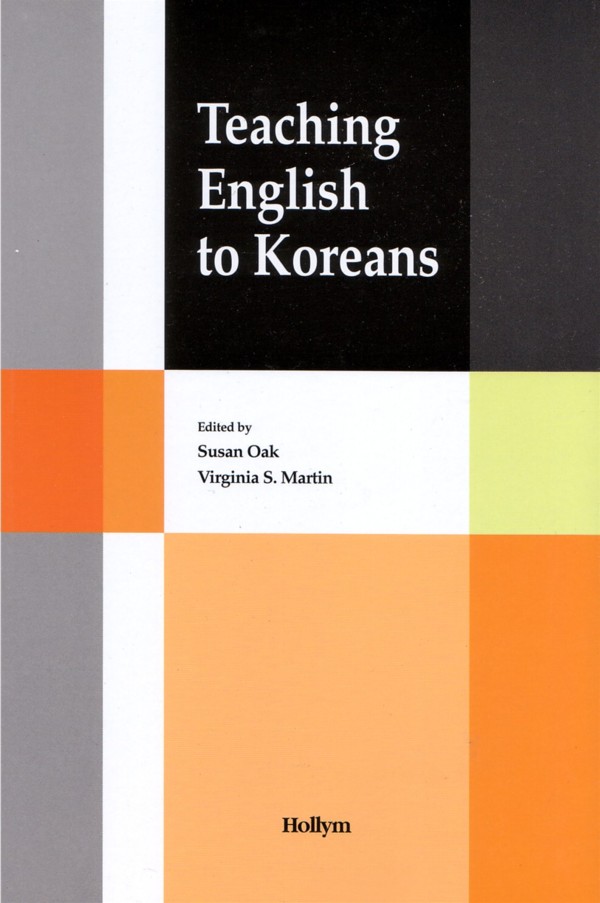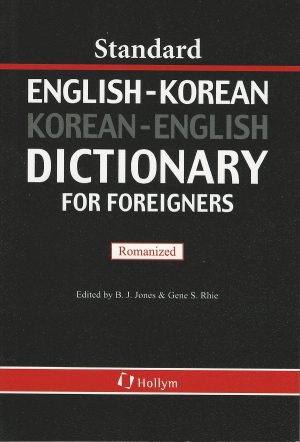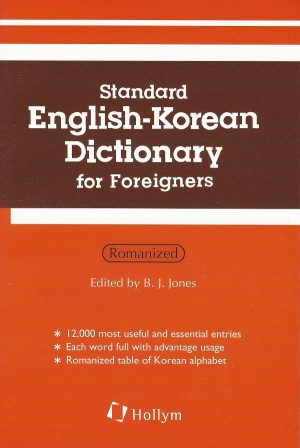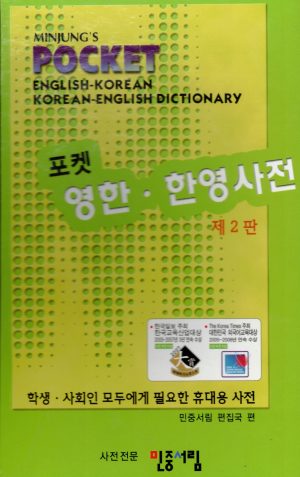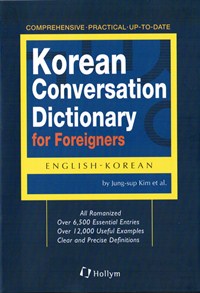Teaching English to Koreans
$34.50
The need for highly trained professionals proficient in English has expanded with Korea’s development in recent years, resulting in a corresponding increase in the number of English programs and instructors in Korea. A review of EFL literature, however, reveals that very little has been published in English specifically related to the Korean teaching situation. Teaching English to Koreans will help to fill the existing gap by providing a collection of up-to-date articles touching on some of the major areas of concern related to teaching English and written by highly-qualified, experienced professionals with hands-on experience in Korean classrooms.
This book should be of particular interest to EFL professionals, both English native-speakers and Koreans, currently working in Korea. It should also be helpful to ESL teachers in other countries (e.g., the U.S., the UK, Canada, Australia) who need to know more about their Korean students’ backgrounds, as well as ESL/EFL teachers who might be interested in seeking employment in Korea. Finally, as an overview of the Korean teaching situation, this book will add greatly to the existing literature and therefore should be of general interest to educators and researchers in the fields of ESL/EFL, Applied Linguistics, Second Language Acquisition, etc.
When we planned this book, our aim was simply that all the chapters would be practical and helpful to teachers and the material would relate directly to teachers’ and students’ needs in the classroom. We also hoped that it would promote a view of teachers as autonomous and creative professionals–and that this theme would bind the work together into a coherent whole.
We wanted the authors to include an in-depth overview of the practical applications of theory, methodology, and principles to the specific topic. We anticipated that each author would draw on his/her experience, observations, and if appropriate, classroom-based research to provide insights into the unique context, problems, and practice of teaching English in a Korean setting.
The various contributions to Teaching English to Koreans are arranged in logical order with the four-skills core chapters of reading, writing, listening, and speaking presented at the beginning. In addition to these skills-focused chapters, we have included several others intended to address the more global issues that teachers of Korean students may face. Included then are a chapter on classroom management, a chapter on teaching large classes, a chapter on teaching English for academic purposes, and finally, a chapter on cultural issues that may arise in the classroom. We have also provided a glossary at the end of the book. The glossary terms are generally used in TESOL and refer to the key terms most frequently used in the chapters highlighted in bold.
To accomplish their goals, teachers want to feel that they are functioning within a framework based on sound theoretical principles. An awareness of the teaching situation in Korea and classroom exigencies is essential as teachers strive to improve their students’ abilities and prepare them for the challenges of functioning in an English-speaking environment. After reading each chapter, we hope teachers will be encouraged to reflect on their own teaching and learning in the classroom and to make their own choices as they cope with the types of problems they may encounter in Korean classrooms. We trust that the material in Teaching English to Koreans will provide practical assistance and be a source of ideas on how to approach specific problems that may arise during a language lesson. The theoretical and practical suggestions are intended to be of immediate use as and when needed by the teacher, and we hope that the material will be useful in any language-learning situation in Korea.
-
-
Standard English-Korean & Korean-English Dictionary for Foreigners
Romanized, (Comb. vol.)$29.50 Add to cart -
-
-
-
-

